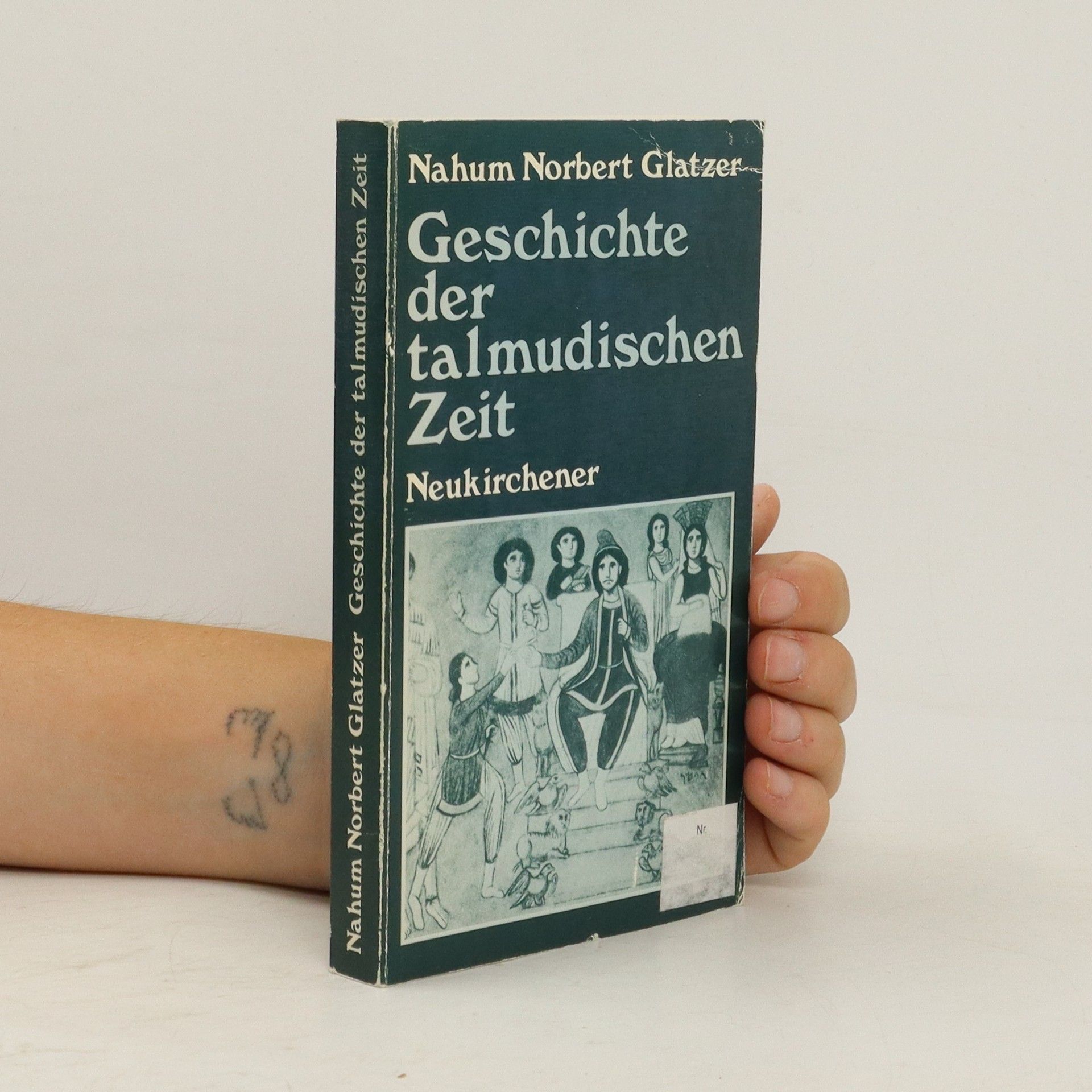A history of the jewish people in the time of Jesus
- 428pages
- 15 heures de lecture
Critical presentation of the whole evidence concerning Jewish history, institutions, and literature from 175 BC to AD 135; with updated bibliographies.
Nahum Norbert Glatzer fut un éminent universitaire, théologien et éditeur juif dont l'œuvre a éclairé la richesse de la pensée et de la tradition juives. Il a joué un rôle crucial dans la diffusion d'écrits juifs clés, supervisant notamment les traductions anglaises des œuvres de Franz Kafka et contribuant à des éditions critiques en Allemagne. Glatzer s'est également penché sur la vie et les idées de penseurs importants tels que Franz Rosenzweig et a édité des anthologies fondamentales de sources juives. Son érudition offre des perspectives profondes sur l'héritage durable de l'histoire intellectuelle juive.





Critical presentation of the whole evidence concerning Jewish history, institutions, and literature from 175 BC to AD 135; with updated bibliographies.
Lorsque Gregor Samsa s'éveille, un matin, après des rêves agités, il est bel et bien métamorphosé. Doté d'une épaisse carapace d'où s'échappent de pitoyables petites pattes ! Lugubre cocasserie ? Hélas, ultime défense contre ceux qui, certes, ne sont pas des monstres mais de vulgaires parasites... Les siens. Père, mère, soeur, dont l'ambition est de l'éliminer après avoir contribué à l'étouffer. Ici, un homme se transforme en coléoptère monstrueux, là, un engin pervers tue avec application... Dans la colonie pénitentiaire, c'est l'expérimentation en direct. Une machine infernale s'acharne sur un soldat soumis. Une machinerie hors pair, digne d'un inventeur à l'imagination torturée ! Kalka, maître de l'humour noir, de l'absurde et du grotesque, un auteur à redécouvrir !